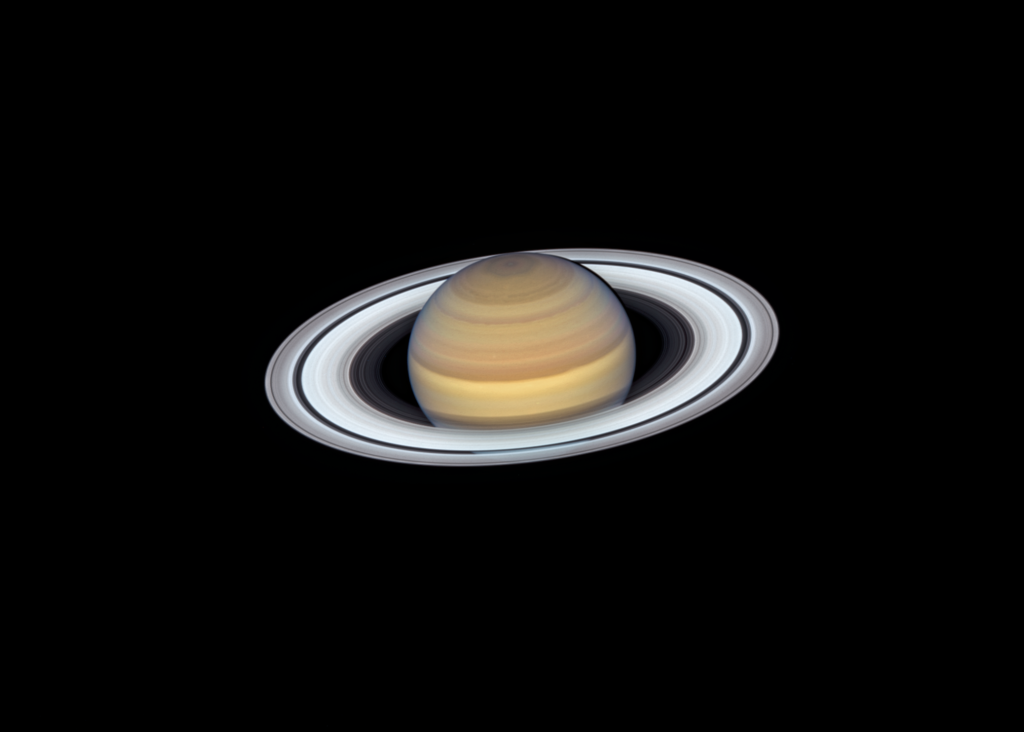Rings around the rosie: Saturn isn’t the only planet with rings. Jupiter, Neptune and Uranus have them, too! –sciencehowstuffworks.com
You read it first in The Factory in Guide magazine.
What a wonder creation, nature and space are!! In fact, scientists are discovering new things all the time, even though the earth has been around for about 6,000 years now!
Most of us are familiar with the rings of Saturn. Saturn is a big planet and is famous for its rings. They were first discovered in 1610 A.D., as Galileo looked through his telescope at the heavens. But even today, scientists are still trying to figure out how the rings were made.
Saturn has many moons as well, and it is theorized that perhaps asteroids and meteoroids that have crashed into the moons over the years, have broken up and formed these rings of rock, dust and ice particles.

More than 155,000 miles (250,000 kilometers) wide, dappled with spokes that rotate at different rates, Saturn’s awe-inspiring ring system is the most complex of all the planets.

NASA/JPL-Caltech
Jupiter is a world of extremes. It's the largest planet in our solar system – if it were a hollow shell, 1,000 Earths could fit inside. Discovered in 1979 by NASA's Voyager 1 spacecraft, Jupiter's rings were a surprise. The rings are composed of small, dark particles, and they are difficult to see except when backlit by the Sun.
Data from the Galileo spacecraft indicate that Jupiter's ring system may be formed by dust kicked up as interplanetary meteoroids smash into the giant planet's small innermost moons.
Nine rings were found on Uranus on 10 March 1977 by James L. Elliot, Edward W. Dunham and Douglas J Mink. Then between the Voyager 2 spacecraft and the Hubble Space Telescope, 2 more rings were found, making 11 in all. The rings consist mostly of rock and small dust particles.
The planet Neptune has a dim planetary ring system which is made up of several separate rings and some "ring arcs". The "ring arcs" are part of the outer ring called the Adams ring and are not to be seen anywhere else. The ring particles (small parts) are unusually dark colored, and have large amounts of microscopic dust.
Neptune has 13 known moons. Four of them orbit the planet inside the outermost rings. The most information scientists now have of Neptune’s rings came from the Voyager 2 spacecraft from 1989.
Yes, scientists are finding out new things everyday. But as we read in the Bible in Genesis 1, we learn that God created a beautiful planet and solar system for us. And, one day when Jesus returns, we will be able to take a close up look at those magnificent planets and their rings!
—Carol Lyons, Assistant
Discovery Mountain
Scripture taken from the New King James Version, Copyright 1982 by Thomas Nelson. Used by permission. All rights reserved.
Learn More About This Fact
For more interesting facts, click on the buttons below!